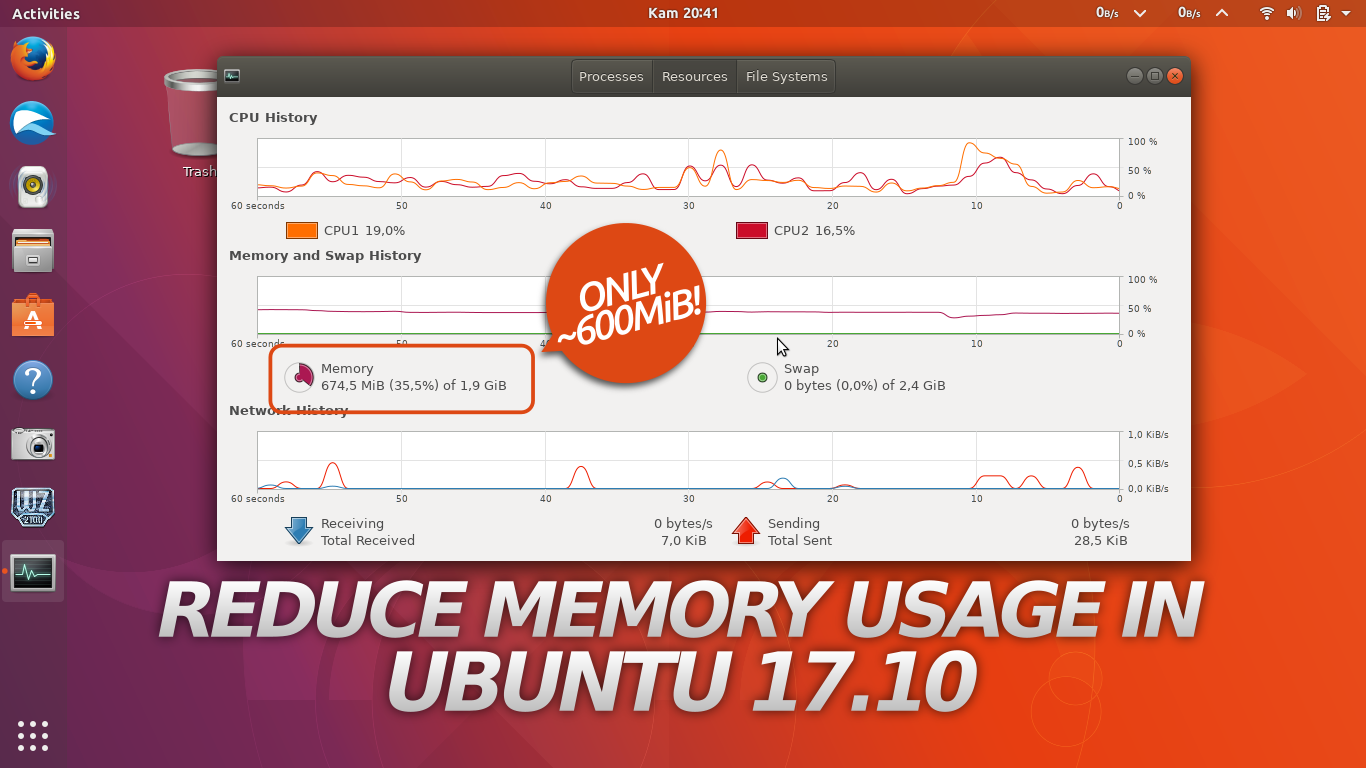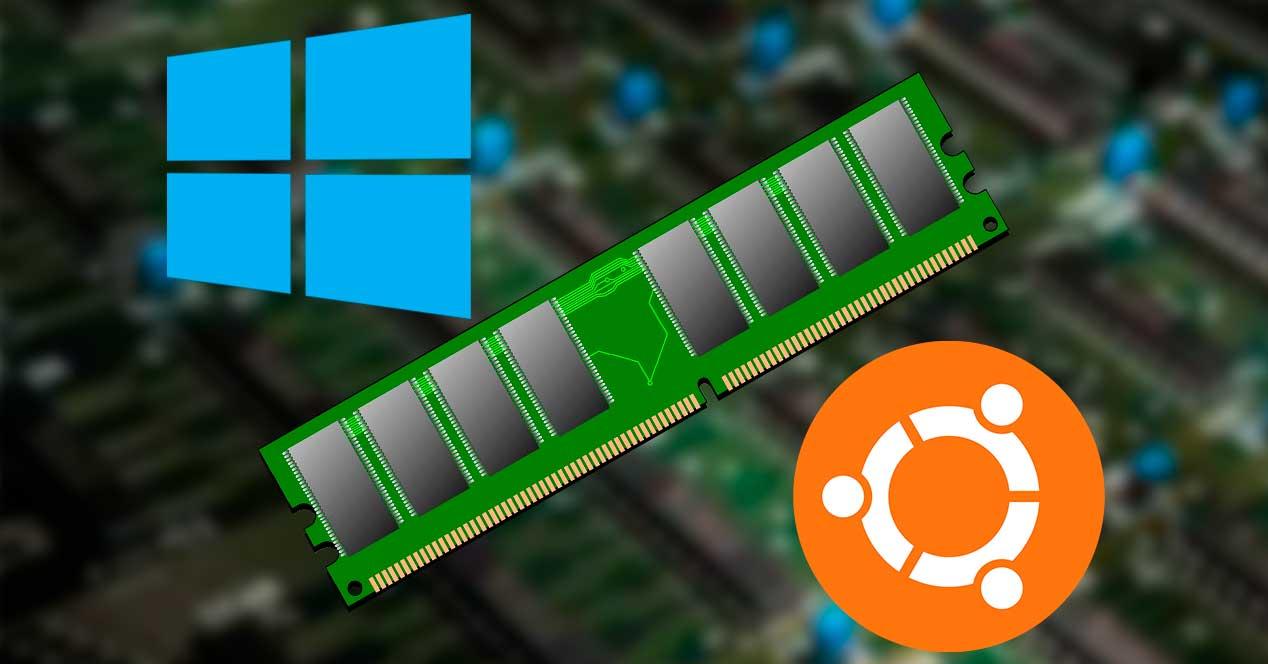

To keep the tutorial simple, we will put the command definition in /etc/nagios directory. The command can be stored in any directory within Nagios. In the Nagios server, we define a custom command for NRPE. # vim /etc/nagios/nrpe.cfgįor Debian/Ubuntu: command=/usr/lib/nagios/plugins/check_mem -f -w 20 -c 10įor RHEL/CentOS 32 bit: command=/usr/lib/nagios/plugins/check_mem -f -w 20 -c 10įor RHEL/CentOS 64 bit: command=/usr/lib64/nagios/plugins/check_mem -f -w 20 -c 10 As mentioned before, the command will check free memory, warn when free memory is less than 20%, and generate critical alarm when free memory is less than 10%. Now that the script is ready, we define the command to check RAM usage for NRPE. If you see something like the above as an output, that means the command is working okay. When used with NRPE, this command is supposed to check free memory, warn when free memory is less than 20%, and generate critical alarm when free memory is less than 10%. You can check whether the script generates output properly by manually running the following command on localhost. On RHEL/CentOS: # cd /usr/lib64/nagios/plugins/ (or /usr/lib/nagios/plugins/ for 32-bit) Preparing Remote Servers On Debain/Ubuntu: # cd /usr/lib/nagios/plugins/

The script that we will use for monitoring RAM is available at Nagios Exchange, as well as the creators' Github repository.Īssuming that NRPE has already been set up, we start the process by downloading the script in the server that we want to monitor. In this tutorial, we will see how we can configure NRPE in Nagios to monitor RAM usage of a remote server. However, the scripts and plugins needed to monitor memory usage do not come with stock Nagios. In the previous tutorial, we have seen how we can set up Nagios Remote Plugin Executor (NRPE) in an existing Nagios setup. How to monitor server memory usage with Nagios Remote Plugin Executor (NRPE)


 0 kommentar(er)
0 kommentar(er)
